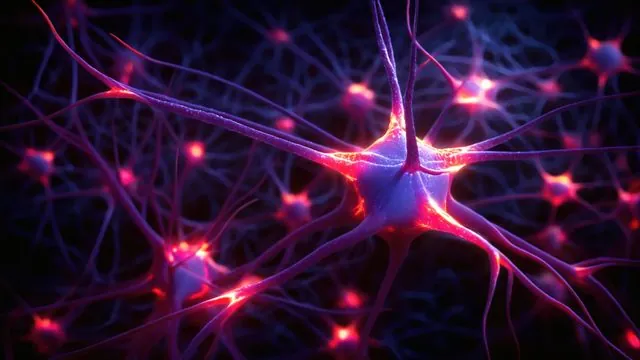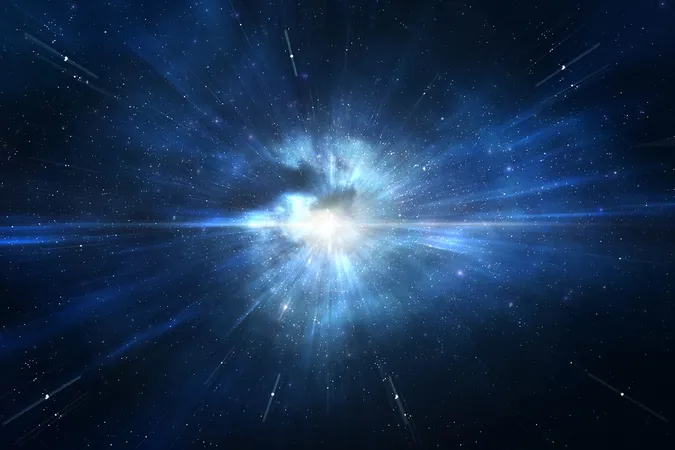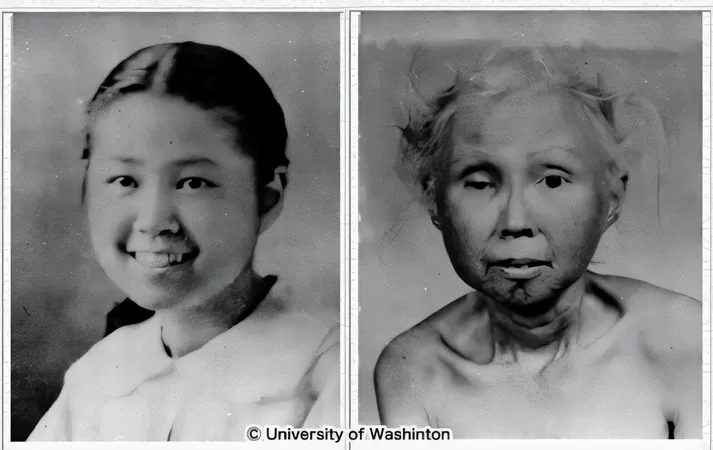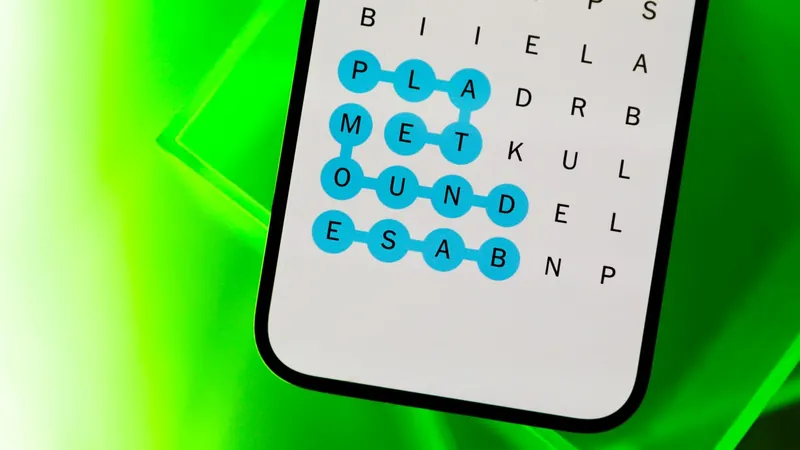
Unlocking the Secrets of Memory: How Protein Droplets Shape Learning in the Brain
2025-04-17
Author: Ming
The Brain's Memory Marvels
Have you ever wondered how our brains create and hold memories? This enigma has captivated scientists for years, but recent discoveries shed light on the biochemical dance that happens at neuron connections known as postsynaptic densities. These critical junctions appear to be where the magic of memory formation truly occurs.
The Fascinating World of Protein Condensates
A groundbreaking study from 2021 unveiled a stunning phenomenon: memory-related proteins can cluster to form droplet-like structures at these synaptic connections. What’s even more fascinating? These formations possess a unique 'droplet-inside-droplet' structure, which researchers suspect plays a pivotal role in how our brains craft enduring memories. Yet, the intricate details behind how these complex protein formations arise continue to baffle scientists.
Innovative Research Unraveling Memory Mechanisms
In a pioneering effort, a research team spearheaded by Vikas Pandey at the International Center for Brain Science in Japan has taken a significant leap forward. Their study, published in Cell Reports, introduces an innovative computational model that mimics the complex arrangements of protein condensates. Collaborators include esteemed researchers from Kyoto University and Fujita Health University, working together to explore these phenomena.
Decoding Protein Interactions at Synapses
Focusing on four critical proteins found at synapses, especially the prominent Ca²⁺/calmodulin-dependent protein kinase II (CaMKII), the team simulated various conditions to observe how these proteins engage with one another. Their model successfully recreated the elusive 'droplet-inside-droplet' structures seen in prior research, unveiling a process called liquid-liquid phase separation (LLPS) where proteins spontaneously assemble without membranes.
The Role of Shape in Memory Formation
The researchers discovered that the intriguing 'droplet-inside-droplet' configuration emerges from competitive protein binding, significantly influenced by the unique shape of CaMKII. This protein's structural properties create low surface tension and slow diffusion, leading to stable condensates that keep signaling pathways active—crucial for synaptic plasticity, the basis of learning and memory. Dr. Pandey emphasized, "Our findings reveal new structure-function relationships for CaMKII as a synaptic memory hub."
Implications Beyond Neuroscience
These revelations don’t just enrich our understanding of memory; they have profound implications for various neurological and mental health disorders. Defects in synapse formation are linked to conditions like schizophrenia, autism, Down syndrome, and Rett syndrome. Dr. Pandey notes that this model could be vital in developing new diagnostic tools and therapies for these challenges.
A Promising Future for Memory Research
As we delve deeper into the molecular mechanisms of memory formation, the journey promises to lead us to exciting new frontiers in neuroscience. The hope is that continued research will unravel even more mysteries, enhancing our grasp of one of the brain’s most complex and vital functions.




 Brasil (PT)
Brasil (PT)
 Canada (EN)
Canada (EN)
 Chile (ES)
Chile (ES)
 Česko (CS)
Česko (CS)
 대한민국 (KO)
대한민국 (KO)
 España (ES)
España (ES)
 France (FR)
France (FR)
 Hong Kong (EN)
Hong Kong (EN)
 Italia (IT)
Italia (IT)
 日本 (JA)
日本 (JA)
 Magyarország (HU)
Magyarország (HU)
 Norge (NO)
Norge (NO)
 Polska (PL)
Polska (PL)
 Schweiz (DE)
Schweiz (DE)
 Singapore (EN)
Singapore (EN)
 Sverige (SV)
Sverige (SV)
 Suomi (FI)
Suomi (FI)
 Türkiye (TR)
Türkiye (TR)
 الإمارات العربية المتحدة (AR)
الإمارات العربية المتحدة (AR)